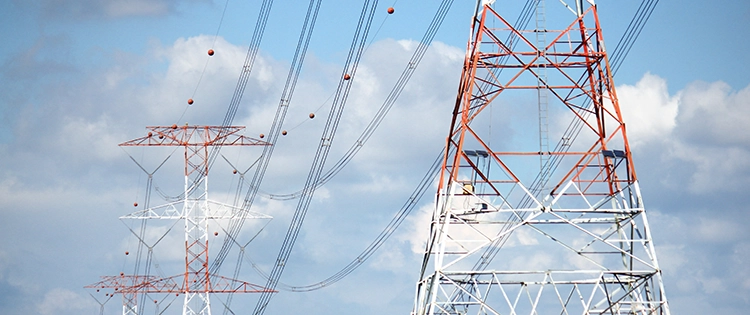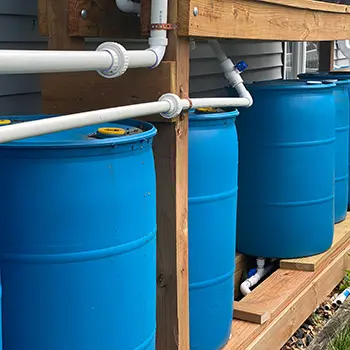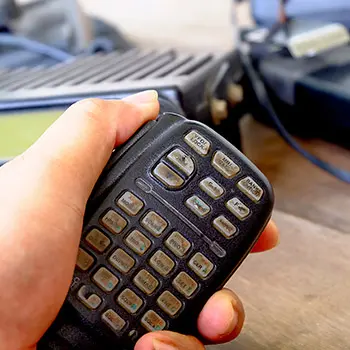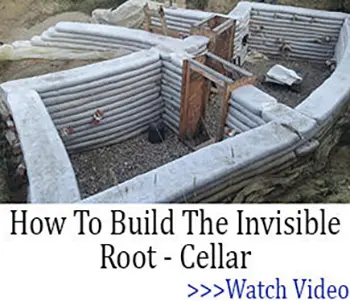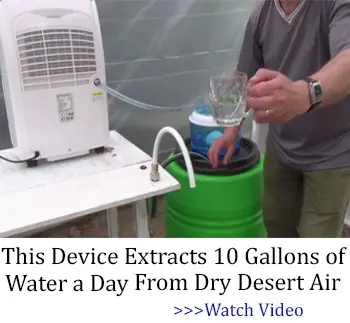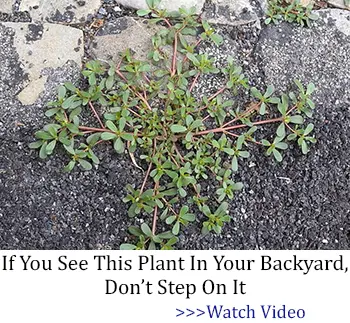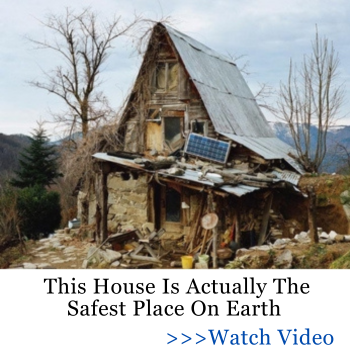In uncertain times, it’s vital to prepare for survival without the modern comforts of electricity.
When the grid goes down, it’s hard to predict how long the outage will last, and an EMP attack could make things even more challenging. To ensure my family’s safety and preparedness, I’ve taken several steps to be ready for such situations.
Immediate impacts can include darkness, heating and cooling issues, and communication breakdowns.
“What should I do about long-term challenges?” you might wonder. The simple answer is “You must have a stockpile and secure your property”. The problem is what to stockpile, how much, where, and how to keep your property and family completely safe.
Here’s a rundown of what I’ve done so far to safeguard against a grid failure:
Stockpile Essentials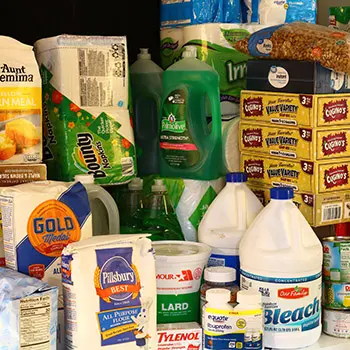
When preparing for an unexpected disaster, the first step is to identify and gather crucial items that are indispensable in a crisis, particularly non-perishable foods and essential water supplies.
These goods are the cornerstone of your emergency supply kit, ensuring that your family’s fundamental needs are met even during long-term disruptions.
Focus on purchasing items with long shelf lives, such as canned goods and dried options, which give nutritious value and can sustain your family for an extended length of time.
Equally important is building a comprehensive medicinal stockpile. When the power grid fails, pharmacies may be looted and hospitals overwhelmed, turning even minor infections into serious threats for you and your loved ones. Since antibiotics are typically not available over the counter, here is an ingenious way to stockpile antibiotics without a prescription while you still can.
I Don’t Have A Stockpile Space. What Should I Do?
I admit, having a homestead off the grid is rewarding but it can also be scary sometimes.
If you’re in this situation, don’t panic. I was going through the same thing once. I didn’t have a pantry or a root cellar but I wanted to be as prepared as possible.
You can improvise a simple root cellar using a large plastic storage container or a metal trash can. Bury the container in the ground with just the top exposed, and add a hinged lid for easy access.
Line the interior with straw and fill it with root vegetables like potatoes, carrots, and beets. This method is an effective way to store produce when indoor space is limited, and it doesn’t require electricity.
Related: If You Don’t Have a Root Cellar Do This
Water Purification and Stockpiling
For a family of four, aim to store at least one gallon of water per person per day for a minimum of two weeks, totaling 56 gallons.
Based on my own experience, I’ve found a couple of trustworthy water filtration techniques that are worthwhile to investigate. Boiling, activated carbon filtration, clay pot filtration, and sand filtration are a few common methods of filtering water. However, I tried another water filtration method that worked like a charm.
This guide will show you step-by-step how to create an ingenious rainwater harvesting system capable of storing 165 gallons of water that would otherwise just go to waste. Because the water is stored vertically, it’s also pressurized by gravity, and you’ll be able to use it without a pump or siphon.
What About Power?
My recommendation is to buy plenty of sturdy, well-made lanterns and flashlights and to research LED options for extended battery life. Candles and matches or lighters should also be on hand but use caution while using them to prevent fires.
However, if you want a reliable 24/7 power source in your own backyard that allows you to outlive any long-term blackout, this is the best choice you can make. The Modular Backyard Power Plant can run two chest freezers, a moderate-sized refrigerator, lights, satellite TV, satellite Internet, a desktop computer, a water pump, and many, many other items.
This is how you will become independent and never have to rely on the electricity grid or be at the will of the power businesses if the grid fails.
Communication
It is critical to keep lines of communication open during a grid-down. Invest in an emergency radio, ideally solar- or hand-powered, and carry additional batteries for it.
Make a family communication strategy that includes meeting locations and key phone numbers. If money is tight, think about using satellite phones for dependable long-distance connection and walkie-talkies for close-quarters communication. Despite requiring a license, ham radios have a wide range and strong community support.
Related: How To Communicate After The Grid Goes Down
Use signaling devices like flare guns, signal mirrors, and whistles for emergencies. Ensure you have rechargeable batteries and a method to recharge them, like a solar charger. Stay informed through local community resources and organizations like the Red Cross.
How Do I Keep My Family Safe?
Your home should be a fortress against threats, especially when the grid goes down, rendering conventional security systems unreliable. Focus on physical security and self-defense.
Use heavy-duty locks and security bars. Consider shatter-proof film for windows to deter break-ins. Don’t have an alarm? A dog can serve as a loyal alert system.
Are you ready to defend your family and property? Create a safe area with supplies and share your strategy with all family members. Consider self-defense equipment such as pepper spray, non-lethal weapons, and firearms if trained and legally permitted.
Your family’s safety is non-negotiable. I learned a lot about keeping my family and property safe from this guide. Inside A Navy SEAL’s Bug-In Guide, Joel Lambert reveals everything you need to do to never have to leave your home during dark times by creating a self-sufficient fortress that will sustain you and your family for however long it takes (even years) until things get back to normal.
The whole book is easy to read, understand, and follow. It doesn’t matter if you’re a man or a woman, young or a senior—this book can help anyone.
It’s in physical format, so even if you’re dealing with a long-term blackout or an EMP, you’ll still have access to this life-saving information. Here’s where you can order it.
Have I missed anything important?
Are there other methods or tools you find effective for preparing for a grid-down situation? Let me know in the comments below!
The #1 Enemy of Going Off Grid
How to Still Have Power When the Grid Is Down (Video)
FEMA Will Never Take Your Stockpile If You Hide It Here
States That Will Punish You for Harvesting Rainwater. Do You Live In One Of Them?

